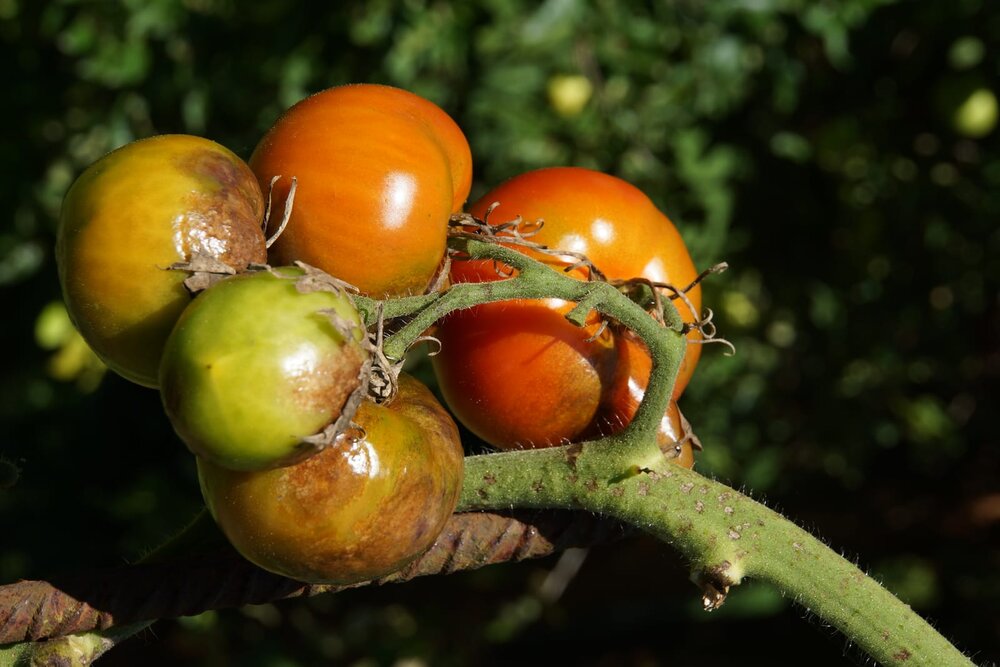The notorious pathogen that caused the Irish Potato Famine in the 1840s is still a major threat to potato and tomato crops worldwide. This oomycete water mold, Phytophthora infestans, can devastate entire fields, posing a constant threat to global food security. For decades, farmers have relied on fungicides like mefenoxam to manage the disease. But P. infestans is a cunning adversary.
Scientists have discovered that even strains considered sensitive to mefenoxam can rapidly develop resistance after a single exposure to a low dose of the chemical. Now, researchers at the Boyce Thompson Institute (BTI) and Universidad de los Andes have uncovered the dynamics of this defense mechanism, revealing a foe that is far more adaptable than previously thought.
“We usually think of resistance as a genetic change that happens over generations,” says Silvia Restrepo, co-lead author of the study and president of BTI. “What we’re seeing here is different. It’s a temporary survival strategy, a kind of biological toggle switch that the pathogen can activate in the face of a threat and deactivate when the danger passes.”
To understand how this switch works, the researchers conducted a series of elegant experiments, as reported in Plant Disease. They took sensitive strains of P. infestans and exposed them to a low dose of mefenoxam. As suspected, this single encounter was enough to "flip the switch," allowing the pathogen to survive and grow even when later moved to a dish with a very high, normally lethal, concentration of the fungicide.
Once the resistance was activated, it was robust. Repeatedly exposing the newly resistant pathogen to high levels of the fungicide didn't make it any stronger or weaker; the switch was simply "on". However, the researchers noted a crucial detail: while the pathogen could now grow in the presence of the fungicide, it didn't gain a reproductive advantage. It wasn't making significantly more spores (the tiny structures it uses to spread). It was surviving, not thriving.
The most remarkable discovery came when the researchers moved the resistant pathogen to a clean, fungicide-free environment. After just one transfer away from the chemical threat, it lost its resistance and became sensitive again. The switch had flipped "off." A subsequent low-dose exposure was all it took to re-activate the resistance, confirming that P. infestans possesses an incredibly flexible defense mechanism.
Such rapid, reversible behavior points away from slow genetic mutation and towards a more dynamic process known as an epigenetic change. Co-first author and BTI scientist Juliana González-Tobón explains, “Think of genetics as the permanent text in a cookbook, while epigenetics are like sticky notes you add or remove from the recipes. Rather than rewriting its DNA, the pathogen uses temporary ‘notes’ to quickly change its behavior in response to its environment.”
The pathogen employs a defense mechanism known as pleiotropic drug resistance (PDR), which activates cellular pumps to eject the fungicide. However, this process requires significant energy, which likely explains why the pathogen readily abandons the resistance once it's no longer necessary.
This research sheds new light on the survival tactics of one of history's most devastating plant pathogens. The finding that resistance doesn't boost reproduction is good news for farmers, but the pathogen's ability to temporarily "hide" from fungicides complicates disease management.

